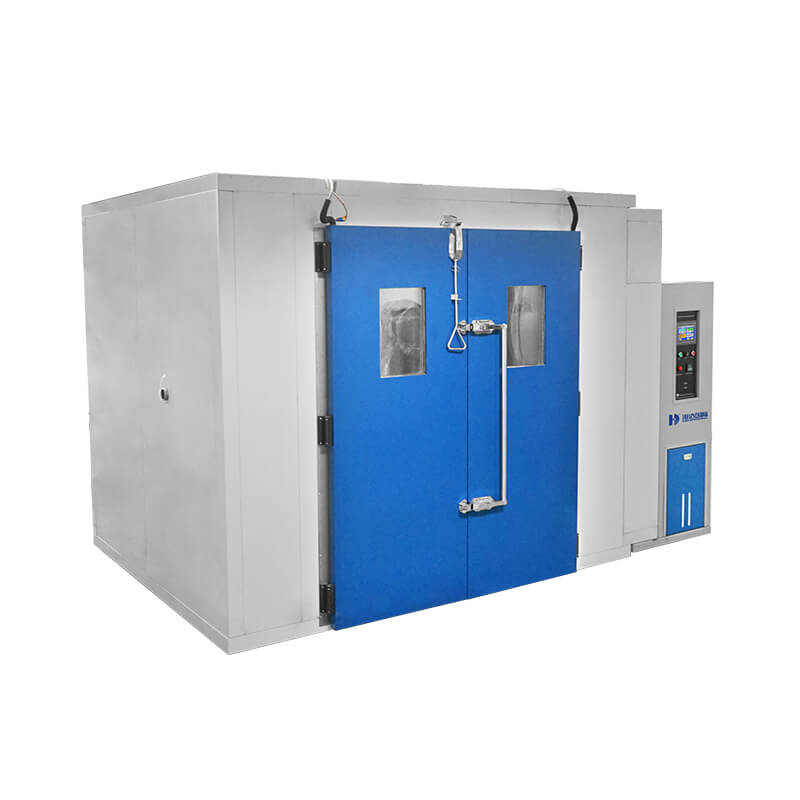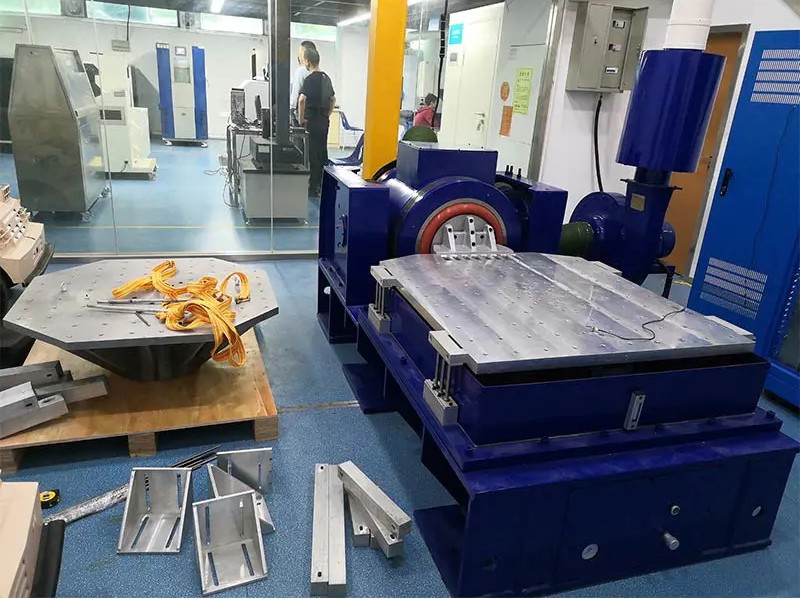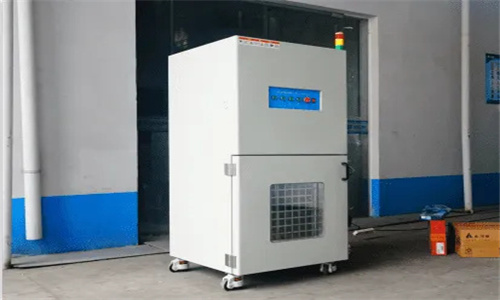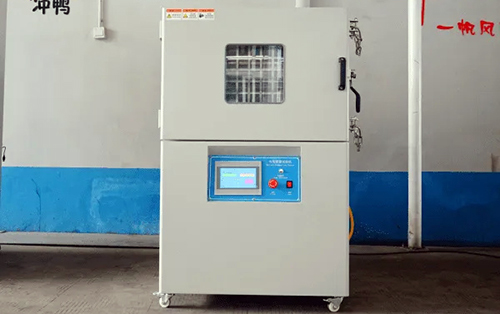Exploring the Power of Thermal Shock Test Chambers in Material Integrity Evaluation
A key aspect of any manufacturing process is determining the extent to which a material can withstand extreme temperature variations. Manufacturers across various industries rely on thermal shock test chambers to assess the performance and reliability of their products. In today's blog, we'll delve deeper into the world of thermal shock test chambers, exploring their purpose, working principles, and the importance of incorporating them into material integrity evaluations.
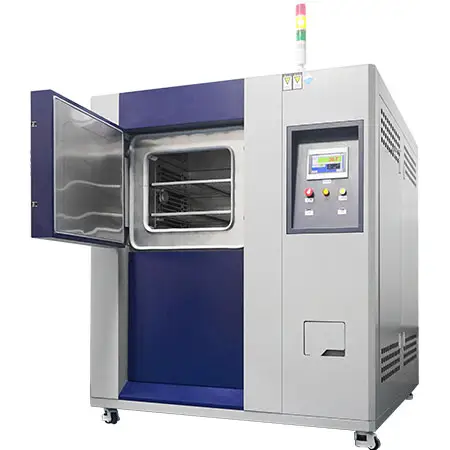
Thermal Shock Test Chamber: Pushing Materials to Their Limits
The thermal shock test chamber serves as an invaluable tool for examining the bearing capacity of materials and composite structures. By subjecting specimens to instant and continuous exposure to extreme high and low temperatures, this testing equipment allows for rapid assessment of thermal expansion, contraction, chemical changes, and physical harm. With the ability to simulate harsh environmental conditions in the shortest time possible, these chambers provide crucial insights into material durability, helping manufacturers deliver reliable and robust products to their customers.
Working Principle: Replicating Real-Life Scenarios
Thermal shock test chambers are designed to replicate real-life scenarios where materials are exposed to rapid temperature fluctuations. The testing process consists of three chambers: a high-temperature chamber, a low-temperature chamber, and a transition chamber. These chambers are interconnected through a door system that allows for swift transfers of test samples.
During the test, specimens are initially placed in a stable environment within the high-temperature chamber. After reaching the desired temperature, the samples are quickly transferred to the transition chamber. Here, the temperature is rapidly changed to simulate a sudden shift. Finally, the samples are moved to the low-temperature chamber to complete the thermal shock cycle. Throughout this process, the chambers provide precise control over the temperature, ensuring accurate and repeatable test results.
Why Thermal Shock Testing Matters
The ability of a material to withstand rapid temperature variations is a pivotal factor in product performance and longevity. Thermal shock test chambers enable manufacturers to identify weaknesses in materials, validating their performance in challenging environments. By uncovering potential issues early on, manufacturers can make necessary design modifications, improve material selection, and enhance overall product quality.
Industries Benefitting from Thermal Shock Testing
The range of industries benefiting from the incorporation of thermal shock test chambers is vast. Electronics, aerospace, automotive, and consumer goods are just a few sectors where this testing methodology plays a pivotal role. In the electronics industry, for example, thermal shock testing ensures that devices can withstand drastic temperature changes without any adverse effects on functionality or reliability. Similarly, the aerospace industry relies on thermal shock testing to evaluate the performance of materials subjected to varying atmospheric conditions during flight.
In conclusion, thermal shock test chambers enable manufacturers to push materials to their limits, ensuring their ability to withstand extreme temperatures and environmental variations. By identifying vulnerabilities early on, manufacturers can improve product quality, longevity, and customer satisfaction. In this era of ever-increasing demands for reliability, these test chambers hold a critical place in material integrity evaluation. Embracing this technology will undoubtedly empower manufacturers to deliver superior products to their customers.



